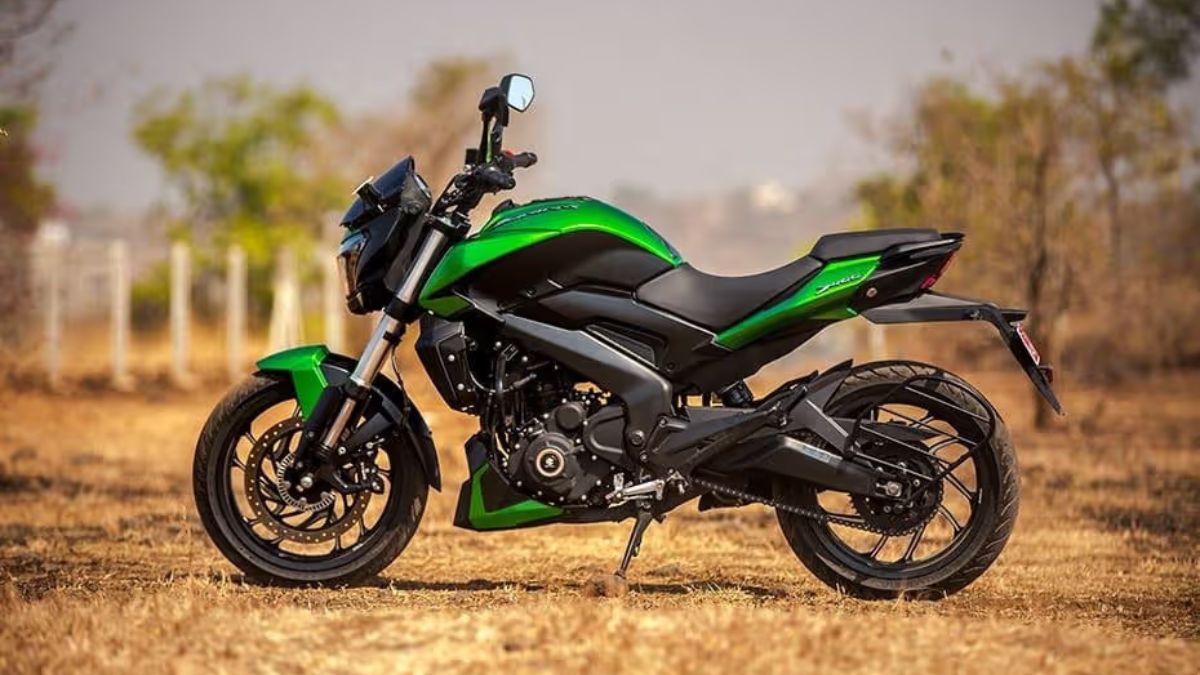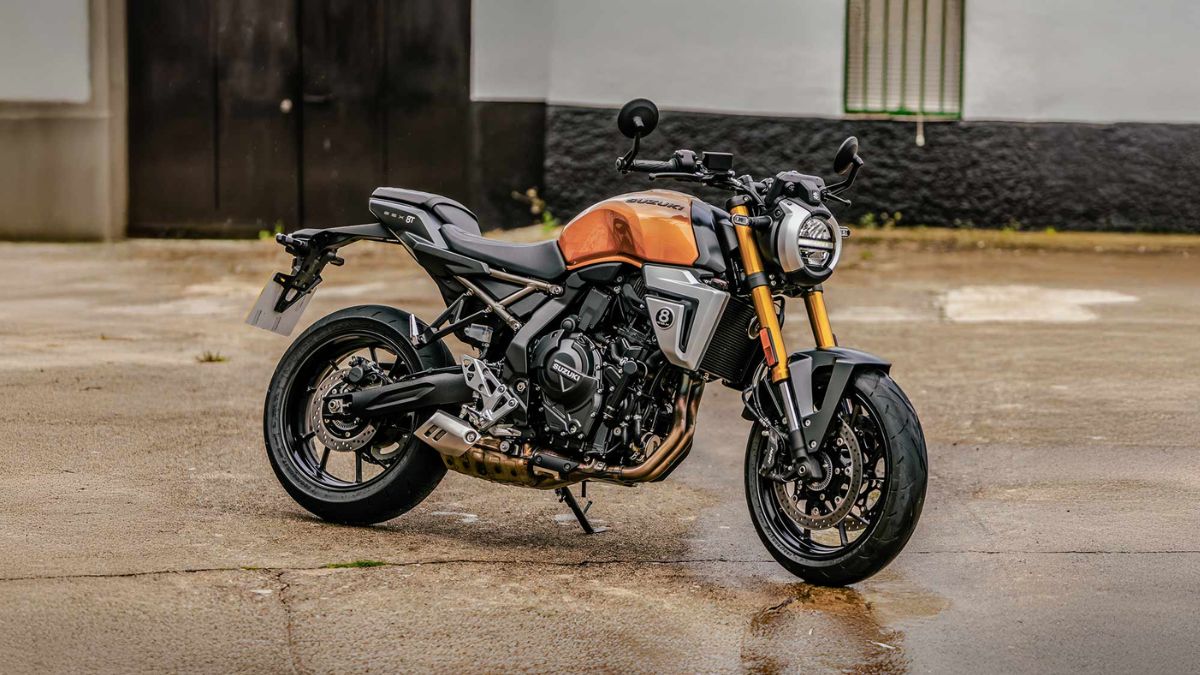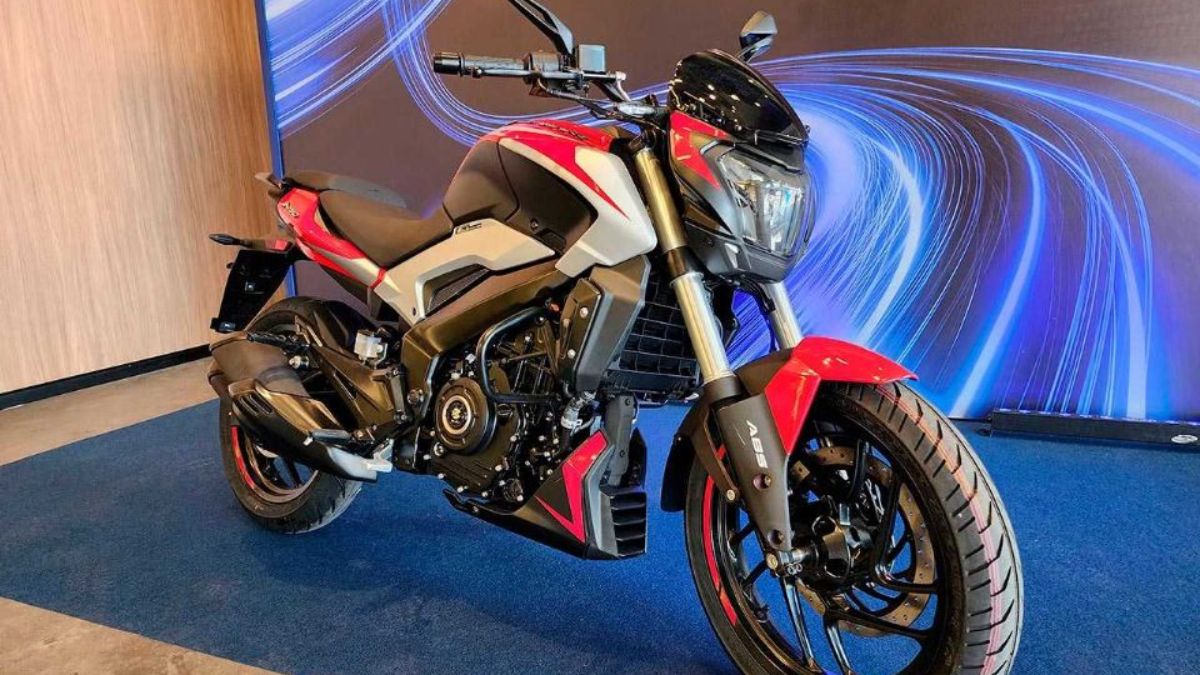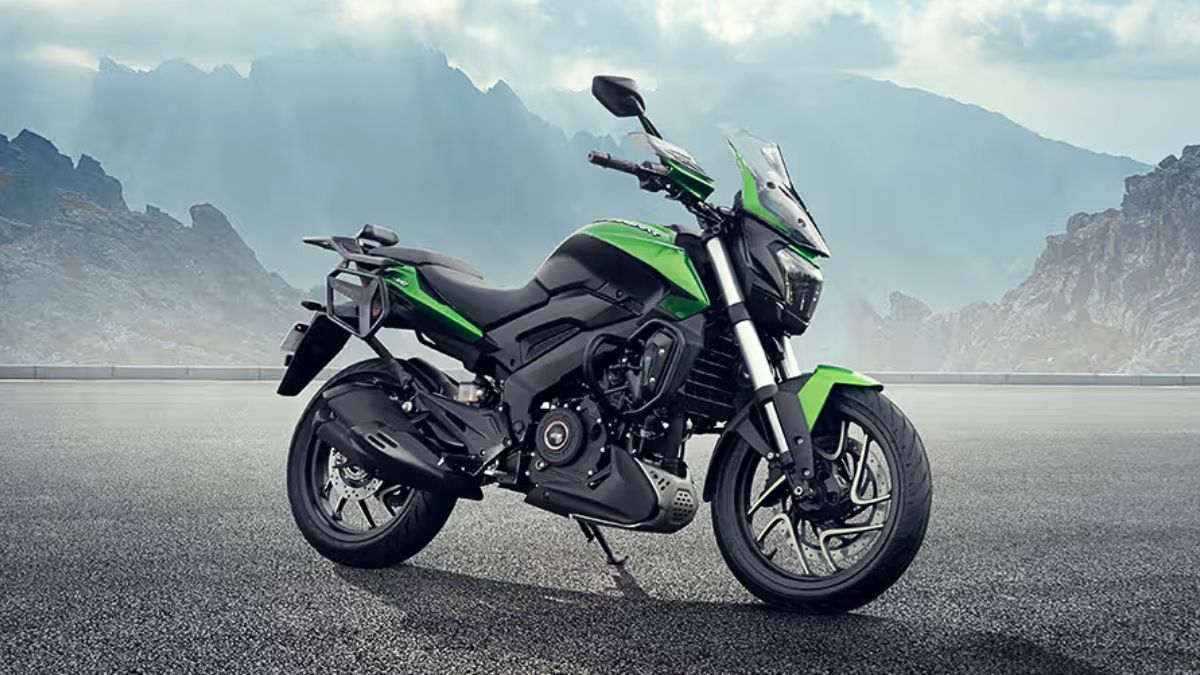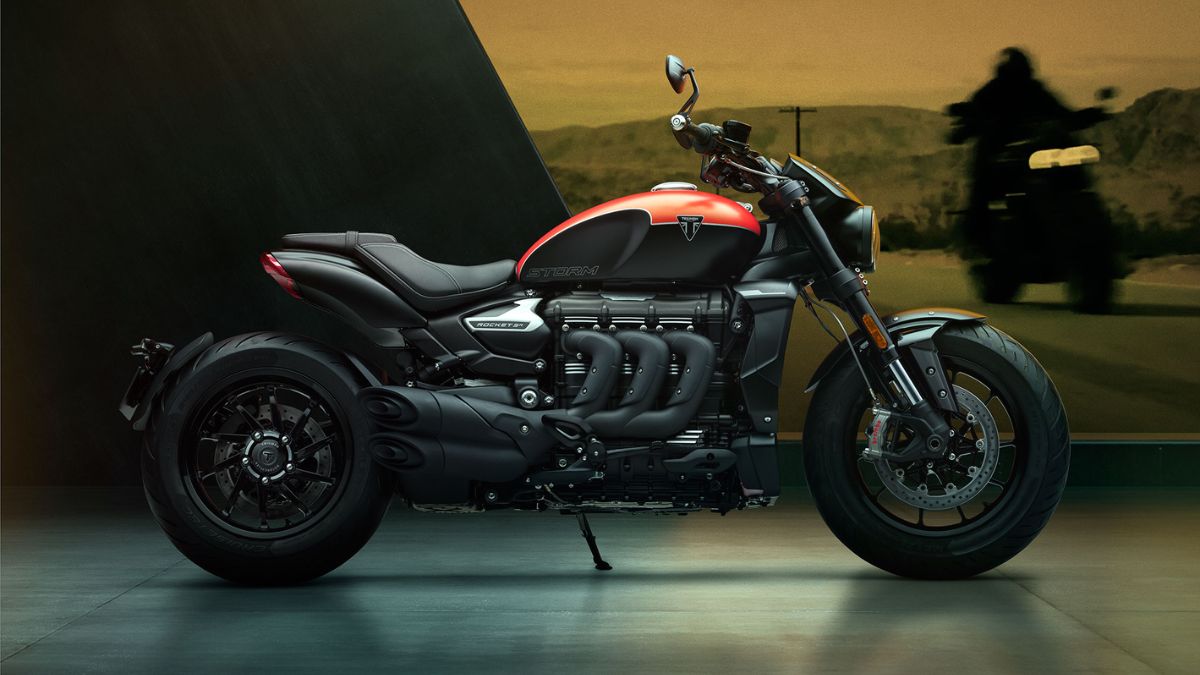In a major step toward improving road safety, the Ministry of Road Transport and Highways has announced that all two-wheelers manufactured from January 2026 onwards must be equipped with an anti-lock braking system (ABS), regardless of engine size. Along with this, dealers will also be required to provide two BIS-certified helmets — one for the rider and one for the pillion — at the time of purchase.
These new regulations aim to reduce the number of severe injuries and fatalities caused by two-wheeler accidents. The government is expected to release a comprehensive set of guidelines detailing how the implementation will roll out across manufacturers and dealerships in the coming months.
Current scenario
As it stands today, only two-wheelers with engine displacements of 125cc and above are legally required to have ABS. Models below this threshold are fitted with CBS (combined braking system), which is considered a more affordable, but less effective, safety feature. While CBS improves balance during braking by distributing the braking force between both wheels, it does not prevent wheel lock like ABS does.
With ABS becoming the new standard across all engine sizes, the move essentially levels the playing field in terms of braking safety. This change is being driven by a growing concern around accident data — where skidding under hard braking and head injuries remain the top causes of two-wheeler fatalities.
Helmet inclusion
Perhaps just as important is the regulation making two helmets mandatory with every new two-wheeler sold. Currently, helmet compliance is patchy across various parts of India, and many pillion riders continue to ride without any protection. Under the new rule, every two-wheeler will be sold with two BIS-certified helmets — offering both rider and passenger a fighting chance in the event of a crash.
By integrating helmets into the sales process, the government aims to enforce road safety from the very first moment a new vehicle hits the road.
Why ABS matters
ABS technology works by preventing wheel lock during sudden or hard braking, especially on slippery or uneven surfaces. This keeps the vehicle more stable and controllable, reducing the chances of a crash. Compared to CBS, ABS is more advanced and significantly more effective in avoiding accidents during emergency braking.
This change is particularly beneficial in India, where road conditions vary greatly and traffic can be unpredictable. For new and less experienced riders, ABS can be a lifesaver — literally.
The cost impact
While the safety upgrades are certainly a welcome move, they won’t come without a cost. The inclusion of ABS will mean manufacturers will need to add a front disc brake setup, electronic sensors, and associated hardware. For entry-level bikes that currently come with drum brakes and CBS, this upgrade could mean a price hike of Rs. 5,000 or more.
In a market where entry-level commuters like the Hero Splendor, Honda Shine 100, and Bajaj Platina 100 dominate sales due to their affordability, such a price increase could impact consumer sentiment. These models are popular in rural and budget-conscious urban segments, and any additional cost could make them less accessible.
Expected changes
| Feature | Current Regulation | New Rule (From Jan 2026) |
|---|---|---|
| ABS Requirement | Only for 125cc and above | Mandatory for all engine sizes |
| CBS Requirement | For under 125cc bikes | Replaced by ABS |
| Helmet Provision at Sale | Usually one or none | Two BIS-certified helmets mandatory |
| Expected Price Increase | Minimal | Approx. Rs. 5,000 per entry-level bike |
Is it worth it?
From a safety standpoint, absolutely yes. Studies and data consistently show that ABS significantly reduces crash risks. In a country like India, where two-wheeler accidents are a major concern, this regulation is a much-needed intervention.
But the transition won’t be without resistance. Budget-conscious buyers may hold back or reconsider purchases if prices go up. Manufacturers will also need to recalibrate their product and pricing strategy for their most affordable models.
Still, the long-term benefits — in terms of saved lives and reduced injury severity — are likely to outweigh the initial pushback. Once the systems are adopted widely, economies of scale could eventually help bring costs back down.
In conclusion, this regulation is a step in the right direction for road safety, even if it brings short-term pricing challenges for the industry. If executed well, it could lead to a safer two-wheeler ecosystem for all.
FAQs
When will ABS become mandatory on all bikes?
From January 2026, ABS will be required on all new two-wheelers.
Will CBS still be used after 2026?
No, CBS will be replaced by ABS for all two-wheelers.
How many helmets will be provided with a new bike?
Two BIS-certified helmets — one for the rider and one for the pillion.
How much will ABS increase bike prices?
Entry-level bikes may cost about Rs. 5,000 more due to ABS hardware.
Why is ABS better than CBS?
ABS prevents wheel lock during hard braking, offering more stability and safety.

